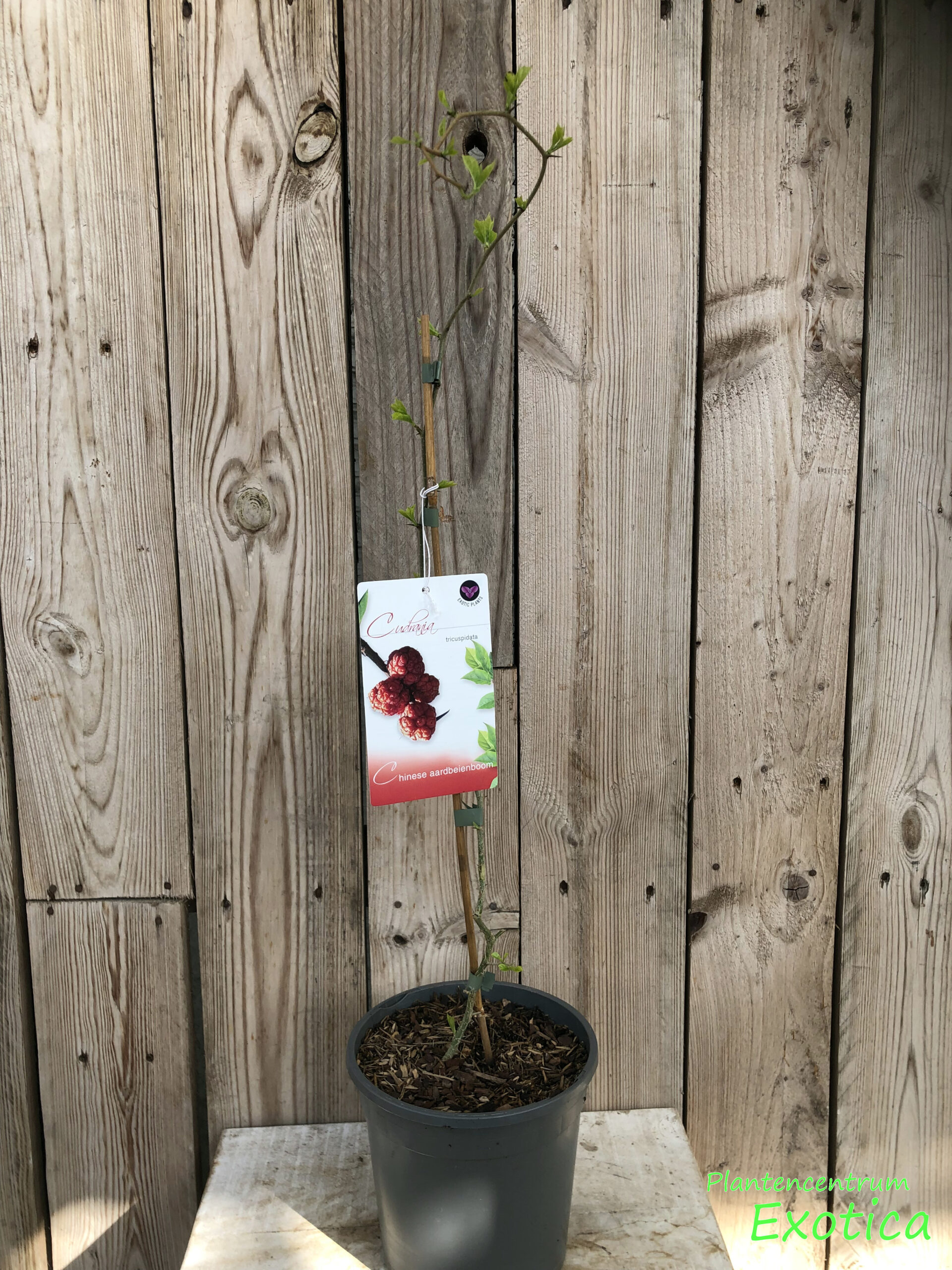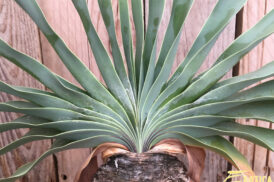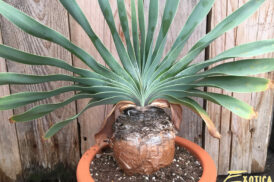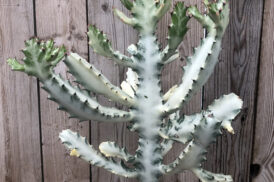Cudrania tricuspidata – Chinese strawberry tree
€18.95
| Min Temp : | -20° |
| Pitch: | Sunny / Partial shade |
| Water requirements : | High in summer, moderate in winter |
| Flowering period : | summer |
| Scented : | No |
| Edible: | Yes |
| Use: | Tub / terrace -/ Open ground |
| Evergreen: | No |
| Height: | 1m and more |
Description
The Cudrania tricuspidata, also known as the Chinese mulberry tree or che, is an interesting plant that belongs to the mulberry family (Moraceae).
The plant produces small, round fruits that are edible and have a sweet, slightly sour taste. The fruits are ripe when they have a deep red to purple color.
The leaves are oval to lanceolate and have a smooth texture. They are alternately arranged and can grow up to 10 cm long.
The plant has thorns, which distinguishes it from other mulberry varieties. These thorns can be quite sharp.
The Cudrania tricuspidata is native to East Asia, particularly in China, Korea, and Japan.
The plant is also grown in other parts of the world, including North America and Europe, mainly for its fruits and ornamental value.
The fruits can be eaten fresh or incorporated into jams, jellies, juices, and desserts. They are also used in traditional Asian dishes.
In traditional Chinese medicine, different parts of the plant are used for their purported health benefits, such as improving digestion and strengthening the immune system.
The wood of the Cudrania tricuspidata is sometimes used for making tools and furniture. The plant is also used as a rootstock for other mulberry varieties.
The plant thrives best in a temperate to subtropical climate. It is fairly hardy and can tolerate frost.
The Cudrania tricuspidata prefers well-drained, fertile soil, but can also grow in poorer soil types.
Full sun to partial shade is ideal for optimal growth and fruit production.
Young plants need regular watering, but once established, they are fairly drought-tolerant. It is important to keep the soil moist but not soggy.
During the growing season, the plant can benefit from a balanced fertilizer to promote healthy growth and abundant fruit production.
Pruning is usually not necessary except to remove dead or damaged branches and maintain the shape of the plant.
The plant is dioecious, which means that there are male and female plants. Both male and female plants are needed for fruit set.
Additional information
| Weight | N/A |
|---|






